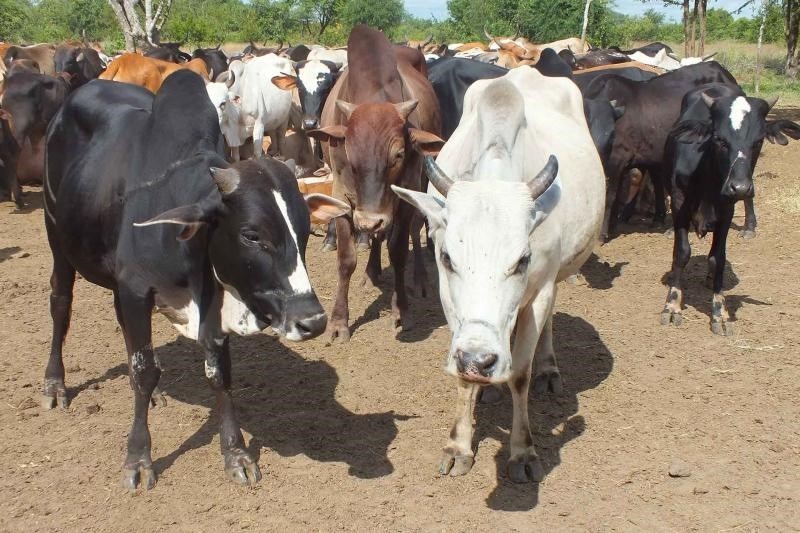Test could be used for trade and outbreak control.
April 24, 2020

A diagnostic test that can detect whether an animal has been infected by or vaccinated against any type of foot and mouth disease (FMD) virus has been developed by scientists at The Pirbright Institute in the U.K. and Istituto Zooprofilattico Sperimentale della Lombardia e dell'Emilia Romagna in Italy.
The test could be used in countries where FMD outbreaks are continuous, in FMD-free countries or at borders to rapidly and easily identify an animal’s disease status, which is crucial for trade and outbreak control, Pirbright said.
FMD is a viral disease that affects cloven-hoofed animals such as cattle, sheep, goats and pigs and incurs large economic costs and constrains international trade of animals and animal products.
The FMD virus has seven different serotypes, each of which come in multiple strains. When an animal is vaccinated or becomes infected with FMD, the animal’s immune system generates many different antibodies, each one binding to specific parts of the virus, Pirbright explained.
This new test provides a single "yes/no" reading as to whether a sample contains a specific antibody against FMD viral particles, Pirbright said. If the result is positive, this indicates that the animal has generated these antibodies in response to either a natural infection or a vaccine.
Current FMD antibody tests for detection of infected or vaccinated animals are only able to detect antibodies that are unique to each serotype (although they may suffer some inter-types cross-reactivity), meaning that a test for one serotype will not confirm if an animal has been infected by a different serotype, the institute said. Therefore, multiple tests may be needed in order to establish the disease status of an animal. Not only that, but each test requires different reagents to work, making the testing process less efficient and more resource intensive.
To overcome these limitations, the team developed a diagnostic test that is able to detect antibodies that bind to a protein present across all FMD viral strains, Pirbright announced. If the antibody is detected by the test, this will indicate that the animal has been exposed to an infectious or vaccine strain of the virus, regardless of the serotype.
In a study published in the Journal of Clinical Microbiology, the team demonstrated that the new diagnostic test detected antibodies from serum samples of infected and vaccinated cattle with equivalent or improved sensitivity compared to existing tests, the announcement said. Although low cost, rapid and efficient, the test will not replace current diagnostics as it is important to identify the individual FMD serotypes for surveillance and control purposes.
“This new diagnostic test will provide a quick initial test that can be used in countries where this disease is present, particularly at borders where the disease status of animal imports needs to be established, or for surveillance during outbreaks in countries that were previously FMD free,” lead author of the study Dr. Amin Asfor explained. “The new test could also be used to complement or confirm outcomes of the currently available diagnostics.”
The next step will be to validate the test for commercialization by ensuring that it works for multiple susceptible animals in different countries. A recent grant from the U.K. Biotechnology & Biological Science Research Council will enable scientists from Pirbright to travel to countries where FMD is circulating in order to evaluate the new diagnostic test in outbreak situations.
You May Also Like


.png?width=300&auto=webp&quality=80&disable=upscale)
